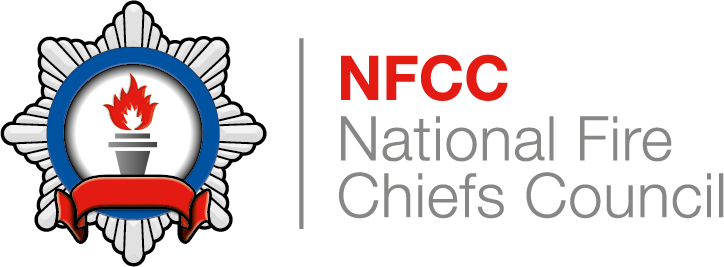Organisation at an incident
Control Measure Knowledge
Managing and supervising personnel on the incident ground is an essential part of the safe system of work. The incident command system supports the management of resources at an incident.
The incident commander may delegate authority for some of the operations, including responsibility for tasks and functions. However, the incident commander remains the nominated competent and responsible person, including having accountability for health and safety at the incident.
Understanding and effectively applying the incident command system enables spans of control to be maintained at manageable levels and improves control and communications. Taking these steps will prevent the incident commander from becoming overloaded with information, which supports effective situational awareness and decision-making. This way the incident commander can maintain control under conditions of high pressure and rapid change.
The incident commander should anticipate the likely scale and complexity of the escalating incident and develop the necessary command structure at the earliest opportunity. There may need to be remote operational support for the incident.
The command team will involve personnel who carry out a variety of roles. It is important to make sure they can be easily identified using a commonly understood method. This is particularly important at incidents that cross borders and at large incidents, where commanders who may not know each other need to work together.
Further information about organising an incident is provided in Incident command: Knowledge, skills and competence. This includes detail about:
- Command teams
- Technical or specialist support
- Tactical advisers
- Command support function
It is important that all personnel, at the incident ground and in the fire control room, understand the different roles and responsibilities that are in place as the incident progresses. This helps maintain common expectations which feed into shared situational awareness.
Further information may be found in Incident command: Knowledge, skills and competence: Organisation at an incident.
